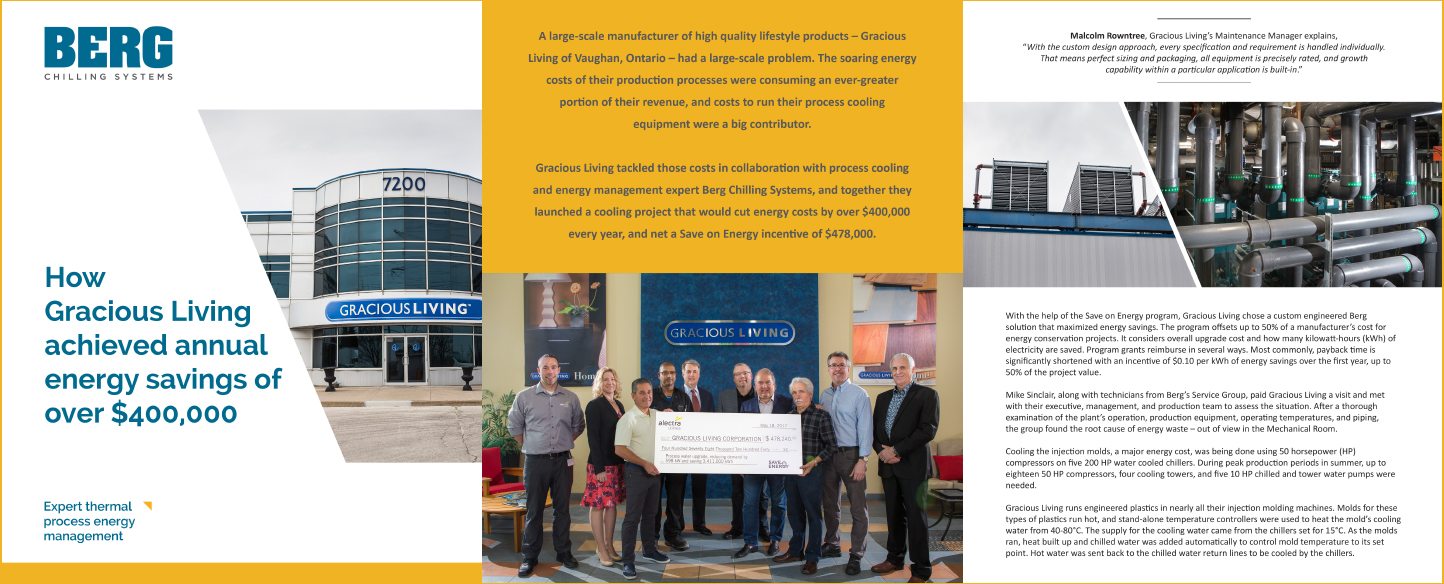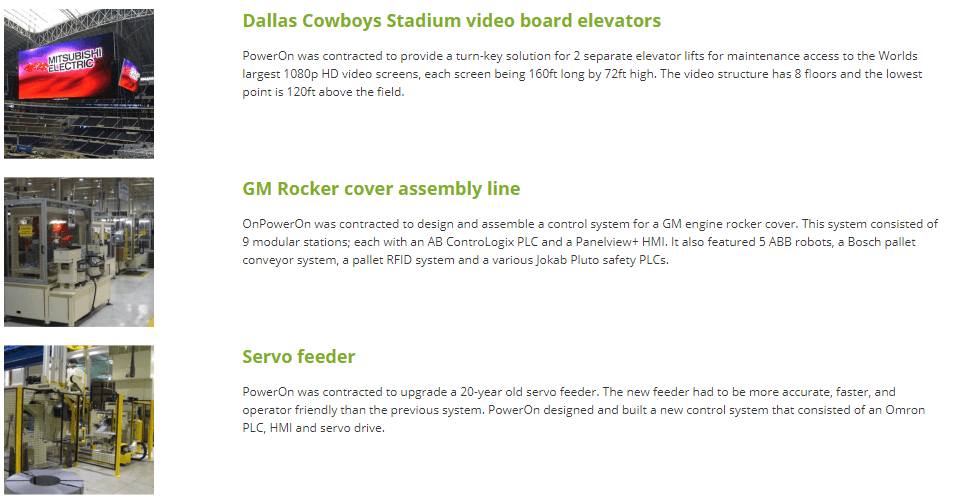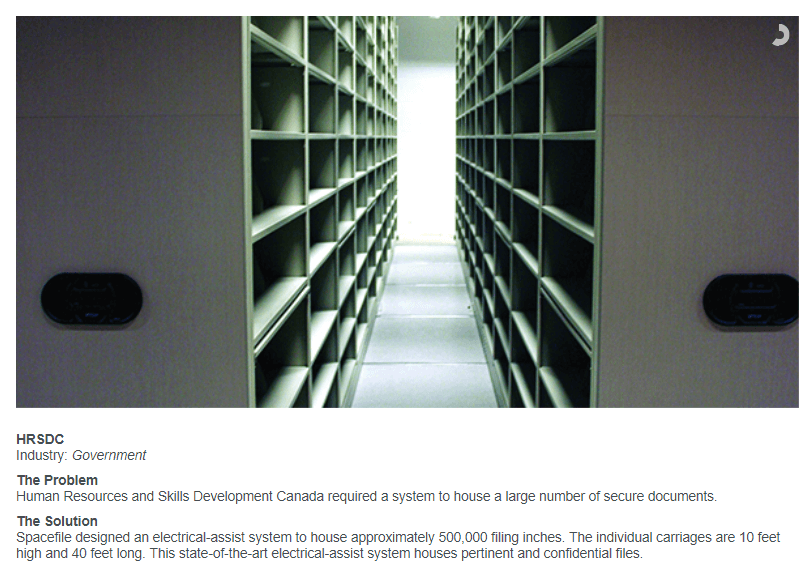If you’re not using case studies as part of your manufacturing company advertising, you’re missing a powerful opportunity to showcase your work and build credibility in your brand. When a company seeks the best provider of their needs, they go online to discover available products and uncover manufacturers’ reputations according to previous clients.

Rather than letting potential clients trawl the internet looking for reviews of your company, be proactive. Flaunt your success stories as case studies in your manufacturing company advertising.
The Advantages of Using Case Studies In Your Manufacturing Company Advertising
- It’s easy for potential clients to learn more about your completed projects
- You have some control over which reviews your prospects see
- You can demonstrate your expertise with visuals and text
- Customer testimonials support your claims
How To Use Case Studies In Your Manufacturing Company Advertising
There is a wide range of ways case studies promote your brand and show its credibility.
1. Website Case Studies
Create a section for case studies that detail completed projects.
Describing the customer’s problem and your solution gives readers good insight into your capabilities. Use visuals of project progress and/or completion, showing exactly how your products work.
2. Client Testimonials
Supplement your case studies with client testimonials. Ask clients for video testimonials telling how happy they are with your service and quality of work. Video is easy to consume and can be very persuasive because the complimentary words come directly from the client
3. Customer Logos
Ask satisfied clients if you can display their logo on your website. They’re unlikely to say no as they will benefit from additional online exposure. Feature the logos on the footer or a sidebar. Website visitors get an immediate visual message of companies that use your products, and may help persuade them to contact you.
If you create manufacturing company advertising campaigns with a dedicated landing page, prominently feature your customer logos there. Customer endorsements can persuade a hesitant purchaser to go ahead and submit that online form.
4. Website Blogs
Consider using your case studies as longer blog articles on your website. You can go into more depth about projects, how you addressed them, how long they took, and the successful outcomes. Ideally, you’ll have a range of images to supplement the texts. Of course, by optimising articles for specific keywords, you improve the chances of ranking well in organic results listings.
5. Brochures
Feature one or two selected case studies in printed brochures. Use quality visuals, describe the problem and your solution, and include a client testimonial. Readers will understand more about the products you manufacture and how they are used in practice.
6. Sales Staff
Ensure your sales staff are fully versed in your case studies. Clients in a specific industry may be more likely to purchase from you if they know you have a proven track record in the same industry. Sales staff should use example case studies to explain how your product can work for their clients.
7. Events
At trade shows, use your case studies in your marketing materials. Use visuals of completed projects in your backdrop or pop up; include overviews of selected case studies in your printed handouts. Your newest contacts will leave the show with a better understanding of what you do that satisfies clients.
8. Social Media
Use social media to tell your followers and fans what clients think of you. Share links to your website case studies with brief descriptions of each. Upload a client testimonial video every now and then. It may feel like blowing your own trumpet, but that’s how you get potential clients to notice you. it’s important to make them understand you are a reputable manufacturer who delivers what is promised.
Nothing builds brand credibility better than successfully completed projects with images and happy customer testimonials to prove it. The more satisfied clients you have, the more you can expect in the future. There are many ways to use case studies effectively in your manufacturing company advertising, and now you should have plenty of ideas to make your case studies work harder for you.





